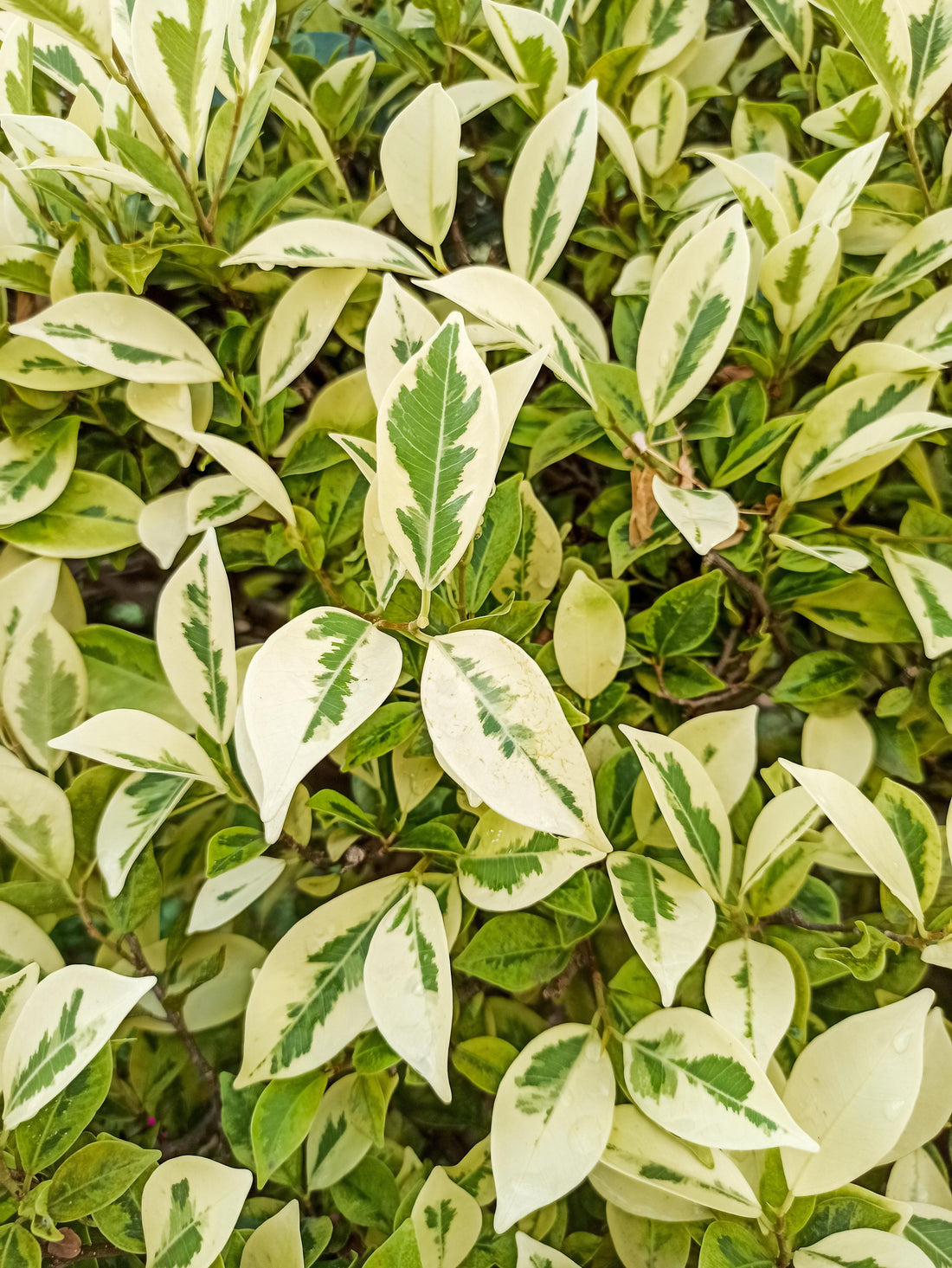Ficus plants have been popular household staples for hundreds of years. From the classic fiddle leaf fig to the rare triangle ficus, this genus is filled with over 850 species. They're known to be a bit picky when it comes to their environment, but once you get it right, they'll fill your home with growth (and clean air) for years to come.

GENERAL CARE
LIGHT
Place in bright indirect light. Some species such as ficus elastica can adapt to lower light settings, but will always grow best with lots of sun.
WATER
Water weekly or when the top 2" of soil feel dry.
FEEDING
Use diluted plant food once a month in the spring and summer. Stop feeding in the fall and winter since the plant goes dormant and will not need the extra nutrients.
TOXICITY
The plant is toxic when ingested. Keep out of reach of pets and children.
Care instructions are usually consistent for most ficuses, but we always recommend researching your specific plant to make sure you get it right the first time.
COMMON ISSUES
It's true that ficuses can be pretty sensitive to sudden changes in their environment, and that's why they have a bad red for being finicky. The stress of a major change (like going from a greenhouse to a NYC apartment) can cause every ficus owner's top concern: leaf drop.
When bringing a new ficus home, prepare to see some droppage, and don't let it worry you. It can take 2-4 weeks for the plant to fully adjust to its new space, so it's normal for some shedding to take place during that time. The better the conditions you're able to provide it, the easier the transition. You'll know it's fully settled when leaves stop dropping, and new buds start to take form. If you're losing an alarming amount of foliage daily, there may be a greater issue at hand, and you should always contact the seller for advice.


